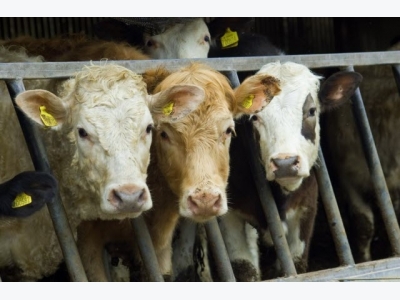2 major indicators for methane emission found

Methane emission can be reduced through selective breeding, and provided fundamental knowledge about the production of methane in the rumen dairy cows.
This has been concluded from the 4-year TiFN project ‘Reduced methane emission of diary cows’, carried out by Wageningen University in the Netherlands.The project started in 2012 and most activities have now been finalised. One of the key issues was the development of so-called indicators for methane emission, because of the need for simple and inexpensive measurement techniques to estimate methane emissions from dairy cattle under field conditions.
The first type of indicator relates to milk composition, while the second type of indicator relates to methane in expelled air. Both indicators have moderate to good potential to estimate methane emissions for large numbers of individual cows. Practical implementation of these indicators needs further work. Both indicators were used to collect methane emissions of individual cows on commercial dairy farms.
Analyses of this data shows that part of the variation in methane emission between cows is due to genetics. Thus, methane emission of dairy cows can be reduced through selective breeding. Besides, research under experimental conditions has increased our knowledge of the processes in the rumen of the cow that result in the production of methane and of the microbiota involved in these processes. This knowledge can be used to predict the outcome of various strategies to reduce methane emission.
Source: Wageningen UR
Related news
 Keeping cool and reducing the risk of heat stress
Keeping cool and reducing the risk of heat stress Heat stress in dairy cows carries a price tag. A combination of warm, humid weather can cause heat stress and reduce milk production and fertility
 Watch the spring nutrient gap
Watch the spring nutrient gap Fresh green grass is a welcome sight come spring. However, early spring grass with limited growth or volume should be approached with caution
 Lumpy skin disease SE Europe contained
Lumpy skin disease SE Europe contained Lumpy skin disease is an infectious disease of cattle, which causes economic losses and occasionally is fatal. It is characterised by skin nodules.